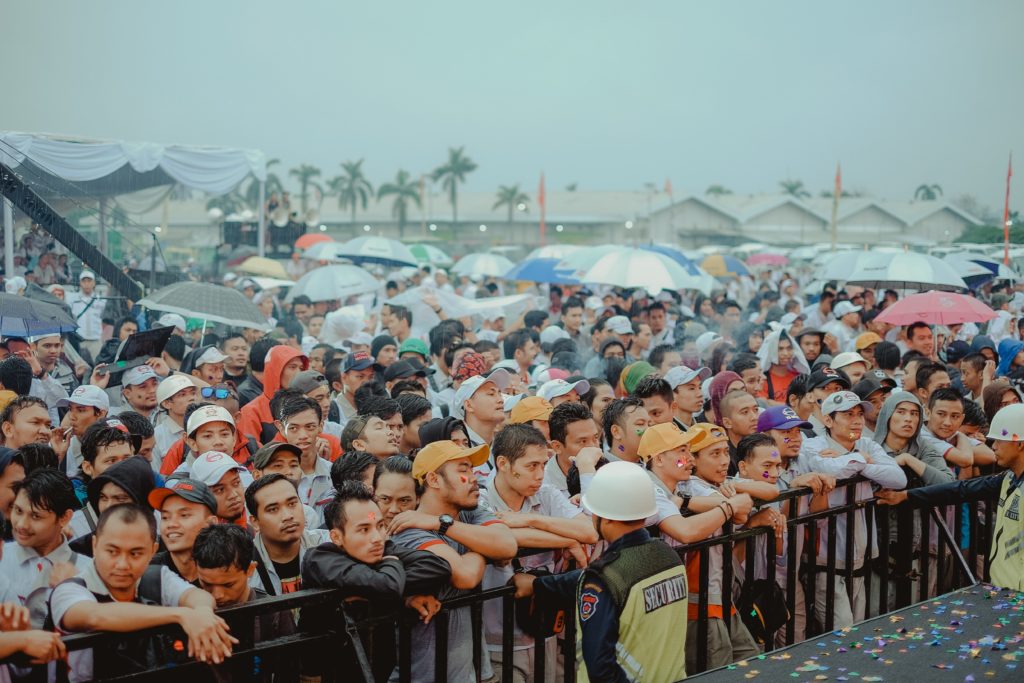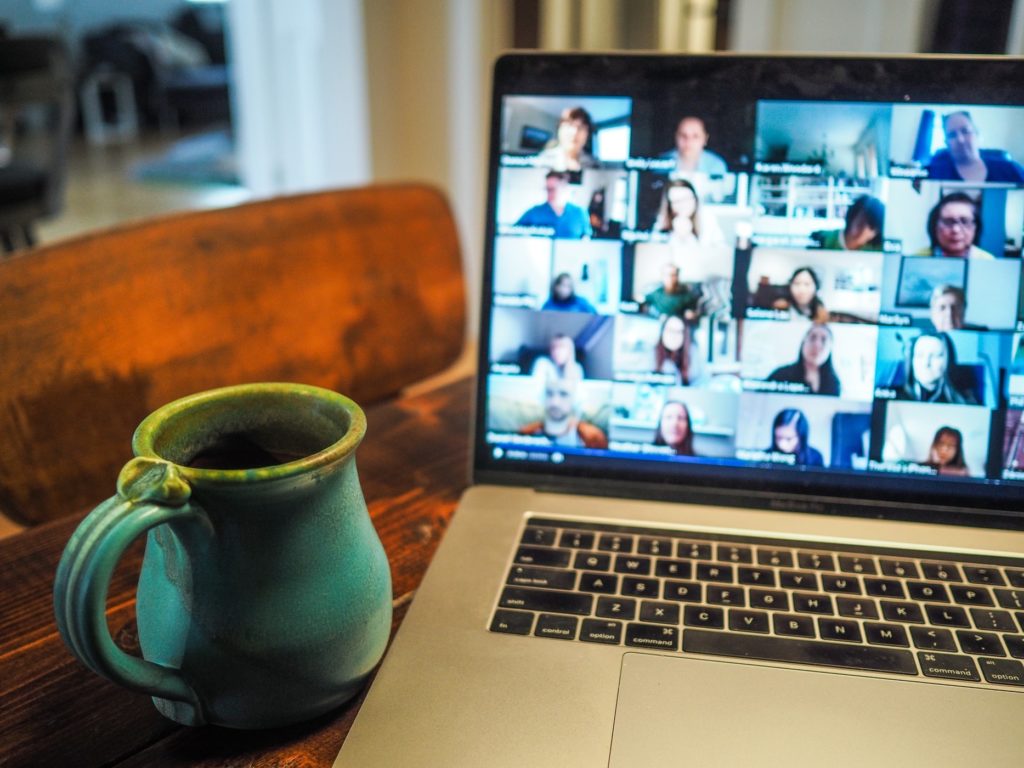
Never has workplace health promotion been so important. With the realization that COVID-19 will be with us for some time yet, and an employment rate of almost 70% (OECD, 2020), meaning most adults are working, at home or on site at least one day per week, work and workplaces stand to play a central role in preventing or aggravating the spread of the disease.
The pandemic is being partially contained, but is neither genuinely retreating nor beaten. If we indulge ourselves with a war analogy, we are fighting in the trenches, employing weapons that are effective only in keeping the enemy at bay, but not destroying it. We need the tanks and big guns of vaccines and anti-virals to end the war but until we have these, behaviour is our only weapon. Behaviour change is what health promotion does, but this takes many forms and it is timely to look at what behaviours we should be focusing on in workplaces, to maximize the potential for health protection.
Workplaces are currently promoting and supporting behaviour change, albeit with difference degrees of diligence, through providing social distancing markers, requiring face coverings, and reminders of respiratory etiquette. These measures target the behaviours of individual workers, and although important and necessary are not sufficient in and of themselves to protect against illness and promote good health and well-being.
The position taken by the World Health Organization is that the workplace itself is a determinant of health. Accordingly, there are many avenues of influence over health and well-being in the workplace (World Health Organization (WHO), 2010) and in order to take a comprehensive approach to promoting health at work, we need to address occupational health and safety practices and organizational culture, as well as voluntary health practices (The Health Conmmunication Unit, 2000). This takes us well beyond workplace wellness programmes.
The choice of and implementation of regulations and policies, including managerial actions and practices, encompass a complex package of behaviours enacted by senior managers, than in turn influence the health of all workers in the organisation. These behaviours are critical in the protection of workers, and the extended communities, against illness and disease.
The crisis levels of COVID-19 in meat packing plants in Ireland some weeks ago brought this matter to public attention. The working conditions in factories and the treatment of workers in respect of minimum wages and sick pay demonstrate very clearly how higher order behaviours are of critical importance when it comes to protecting workers, and the communities in which they reside, from the illness. Although representatives from the industry have defended working practices, trade unions are reporting that most workers in the meat packing plants where we saw COVID-19 clusters, were not entitled to sick pay. While specific features of the meat packing work environment that aggravate the spread of infection, such as cold temperatures, the need to shout over noisy machinery and the need for proximity on factory productions lines[1] are integral to the work, access to sick pay is not. This is a fundamental employee right and an essential protection for workers in respect of mitigating the effects of personal illness and the health and well-being of their fellow workers. The International Labour Organisation has been an advocate for paid sick leave for many years, maintaining that it plays a crucial role especially in times of crises when workers fear dismissal and discrimination when reporting sick. There is evidence that the absence of sick pay played a role in the spread of swine flu in the US in 2009 (International Labour Organisation, 2010). The virtual absence of sick pay, ultimately tracks back to the behaviour of one person, owner, director or manager. Someone, in the organization, decides to deny workers their basic rights, presumably to maximize profits. These behaviours, more important than remembering to wear a face-covering or stand back in a queue, need to be addressed.
Health promotion is often perceived to be concerned with personal behaviours, such as physical exercise or ceasing smoking. However the behaviours enacted as part of management in the workplace setting are of greater importance insofar as they affect the health and well being of many people. Workplaces cannot just tweak existing safety policies. Enforced home working is not the same as choosing to work from home, and a radically different approach needs to be taken. The way in which management in the workplace views workers and treats their workers is a critical influence on many aspects of mental and physical health and well-being. The preparedness of a workplace to address its own leadership, work practices, and management structures is the core of good health promotion practice. Particular challenges – and opportunities – presented by COVID-19, in addition to sick pay and return-to-work policy are the policies for ergonomically safe home working, communications policies to protect against cyberbullying, cleaning services and improved ventilation systems. Enforced homeworking will require more than a tweaking of pre-covid home working policy. When the home environment doubles as a work environment the provision of suitable equipment is essential. Companies will need to invest in higher spec frequent cleaning services, and may need to change the physical space to reduce surface touching. These actions involve responsible management behaviours which in turn will facilitate personal behaviours that protect health and well being. This is our best defense in the workplace in the war against COVID 19.
Margaret
[1] https://www.irishexaminer.com/news/arid-40032074.html
International Labour Organisation. (2010). Paid sick leave pays off in times of crisis. Retrieved from https://www.ilo.org/global/about-the-ilo/newsroom/features/WCMS_142245/lang–en/index.htm
OECD. (2020). OECD Employment Outlook. Retrieved from https://data.oecd.org/emp/employment-rate.htm – indicator-chart
The Health Conmmunication Unit. (2000). Comprehensive Workplace Health Promotion. Retrieved from https://wmhp.cmhaontario.ca/comprehensive-workplace-health-promotion-affecting-mental-health-in-the-workplace
World Health Organization (WHO). (2010). Healthy Workplaces: A Model for Action – For employers, workers, policy-makers and practitioners Retrieved from Geneva: http://www.who.int/occupational_health/publications/healthy_workplaces_model.pdf












